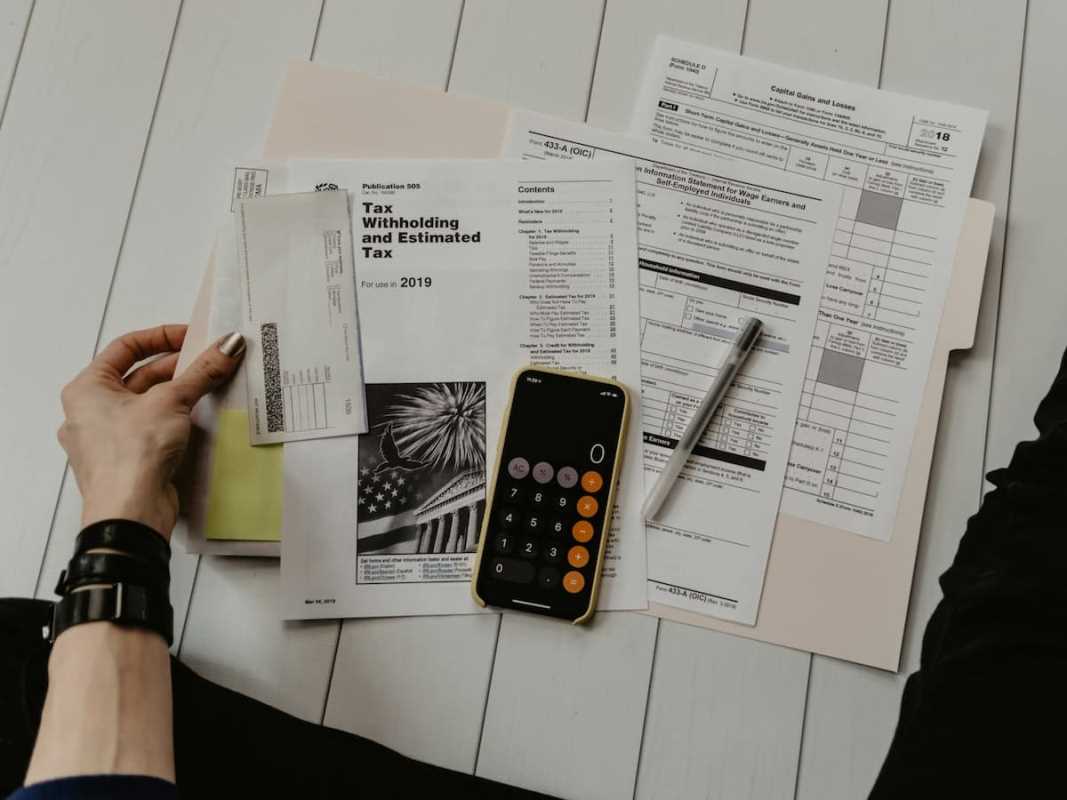Creating a retirement plan as a freelancer can be challenging, but it's essential for securing your financial future. Unlike traditional employees who may have access to employer-sponsored retirement plans, freelancers need to take a proactive approach to saving for retirement. Without a steady paycheck or employer contributions, planning for the future requires discipline and a clear strategy. Here’s a step-by-step guide to creating an effective retirement plan tailored to the freelance lifestyle.
1. Assess Your Retirement Needs
The first step in creating a retirement plan is determining how much money you’ll need for retirement. This involves thinking about your lifestyle goals, expected living expenses, healthcare needs, and potential inflation. Start by estimating your monthly living costs during retirement, factoring in housing, food, transportation, healthcare, travel, and entertainment.
Consider the following:
- When do you want to retire? The earlier you plan to retire, the more you'll need to save.
- What type of lifestyle do you envision? A modest lifestyle will require fewer funds than an extravagant one.
- Do you expect other sources of income? Social Security, part-time work, or other passive income can affect how much you need to save.
A general rule of thumb is that you’ll need about 70-80% of your pre-retirement income to maintain your standard of living in retirement, but this varies based on individual circumstances.
2. Open a Retirement Account
Freelancers don’t have access to employer-sponsored 401(k) plans, but there are several other retirement accounts available specifically for self-employed individuals. Here are the main options:
- SEP IRA (Simplified Employee Pension IRA): This is a popular choice for freelancers because of its high contribution limits. You can contribute up to 25% of your net earnings from self-employment, up to a maximum of $66,000 (for 2024). Contributions are tax-deductible, and investments grow tax-deferred until retirement.
- Solo 401(k): A Solo 401(k) is designed for self-employed individuals with no employees. You can contribute both as the employer and employee. As an employee, you can contribute up to $22,500 (for 2024), or $30,000 if you're 50 or older. As the employer, you can contribute up to 25% of your net earnings, with a total limit of $66,000. This plan also offers a Roth option for after-tax contributions.
- Traditional or Roth IRA: While the contribution limits are lower (up to $6,500, or $7,500 if you’re 50 or older for 2024), IRAs can be a good option for freelancers looking to start small. A Traditional IRA allows you to make tax-deductible contributions, while a Roth IRA offers tax-free withdrawals in retirement if certain conditions are met.
3. Set a Savings Goal
Once you have a clear idea of your retirement needs and the type of retirement account you'll use, it's time to set a savings goal. A helpful method is the 25x rule, which suggests you should save 25 times your annual expenses to retire comfortably. For example, if you expect to need $40,000 a year in retirement, aim to save at least $1 million.
Start by setting an annual savings goal and breaking it down into monthly contributions. If saving a large amount seems daunting, begin with what you can afford and increase contributions over time. The key is to start early and be consistent.
4. Automate Your Savings
Freelancers often experience fluctuating income, making it harder to stick to a savings plan. One of the best ways to overcome this challenge is by automating your retirement contributions. Many retirement accounts, including IRAs and Solo 401(k)s, allow automatic transfers from your checking account. Setting up automatic contributions ensures that you consistently save, even during busy months.
If your income varies widely, consider setting a percentage of your income for retirement contributions rather than a fixed dollar amount. For example, you might decide to contribute 10-15% of each payment you receive.
5. Diversify Your Investments
Retirement planning is not just about how much you save, but also how you invest your savings. Diversifying your investments can help reduce risk and increase your potential for growth. A common strategy is to spread your investments across different asset classes, such as:
- Stocks: Higher risk, but higher potential returns, especially over the long term.
- Bonds: Lower risk, providing more stability in your portfolio.
- Real Estate: Investing in real estate can be another way to build long-term wealth.
- Mutual Funds or ETFs: These provide a diversified mix of stocks and bonds and are often used in retirement portfolios.
As a freelancer, you’ll need to actively manage your investments or work with a financial advisor to ensure your portfolio aligns with your risk tolerance and retirement goals. Over time, adjust your investment strategy as you get closer to retirement by shifting toward more conservative investments.
6. Plan for Taxes and Healthcare Costs
Freelancers must also account for potential tax implications and healthcare expenses in retirement. Contributions to traditional retirement accounts reduce your taxable income now, but withdrawals will be taxed as regular income in retirement. A Roth IRA, by contrast, allows you to withdraw funds tax-free in retirement, so consider diversifying your accounts.
Healthcare can be one of the largest expenses in retirement, especially for freelancers who don’t have employer-provided healthcare benefits. Consider opening a Health Savings Account (HSA) if you have a high-deductible health plan. Contributions to an HSA are tax-deductible, and withdrawals for qualified medical expenses are tax-free. This can be a valuable tool for covering future healthcare costs.
7. Review and Adjust Regularly
Freelancers must remain flexible in their retirement planning because income levels and expenses can fluctuate. It’s essential to regularly review your retirement plan, investments, and savings rate to make sure you're on track to meet your goals. Aim to reassess your plan at least once a year or whenever there is a significant change in your income or financial situation.
Freelancers need to take charge of their retirement planning, but with the right strategies, it’s entirely possible to build a secure and comfortable retirement. By understanding your retirement needs, choosing the right savings accounts, automating your contributions, and staying consistent, you can create a plan that works for your unique freelance lifestyle. Regularly reviewing and adjusting your plan will ensure that you stay on track, even as your career evolves.







